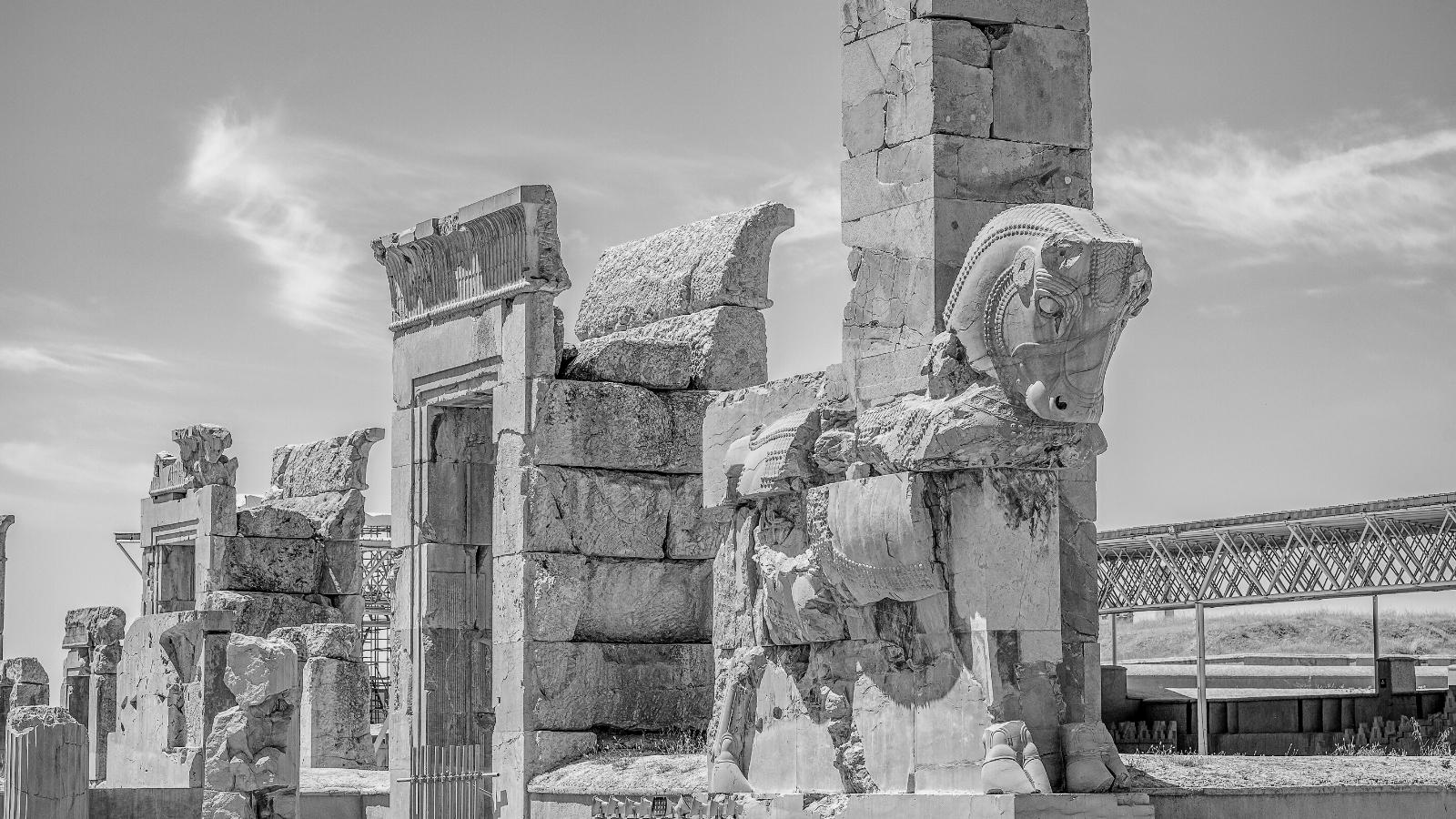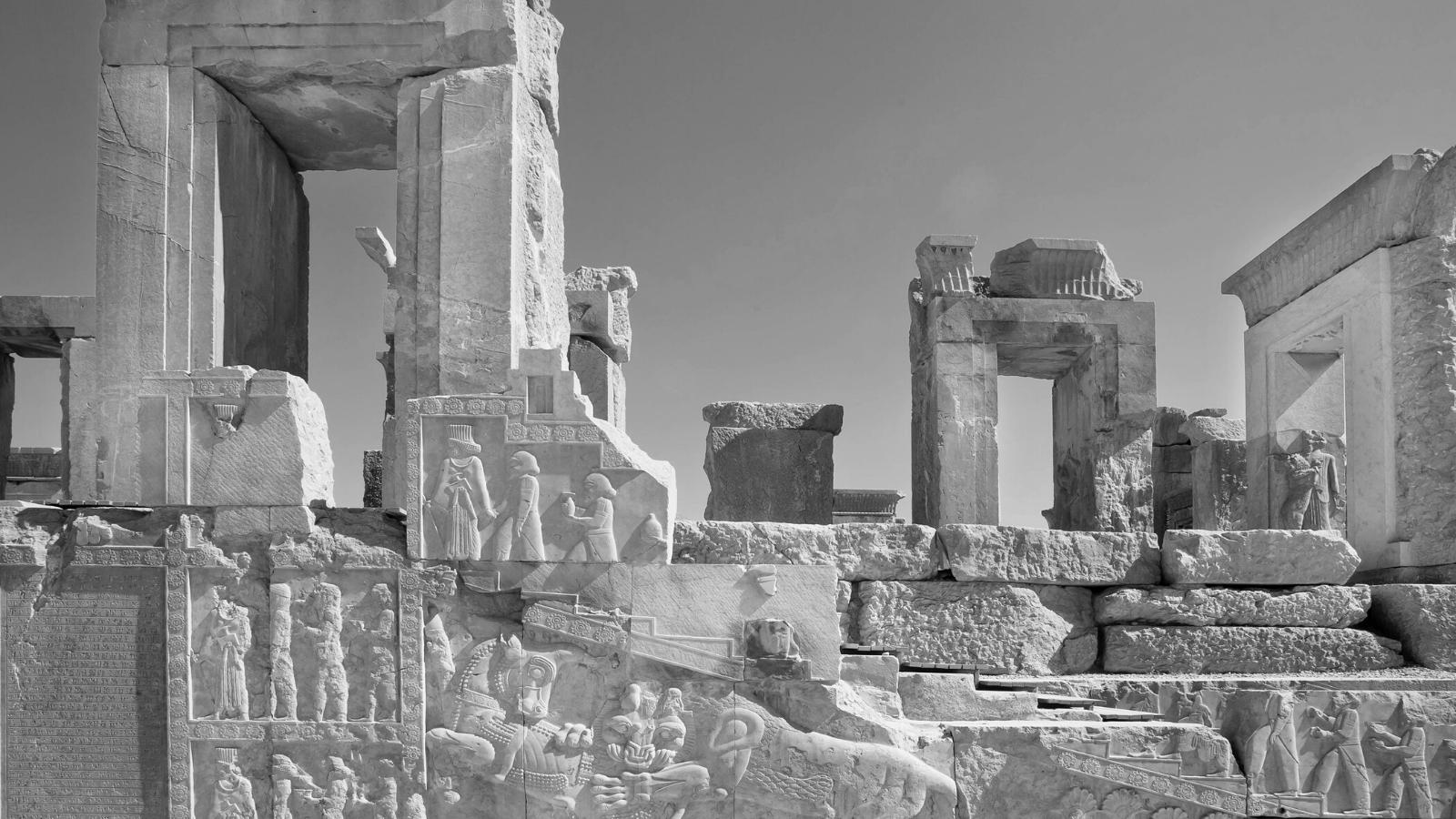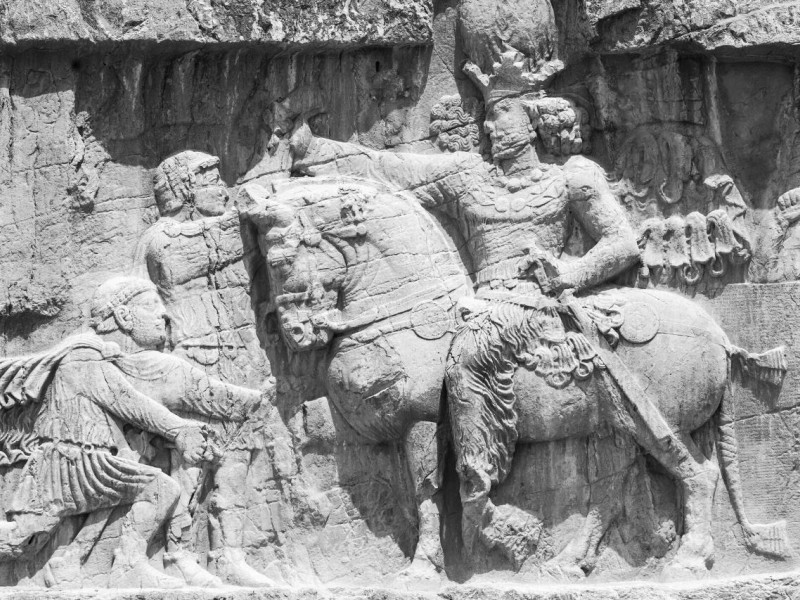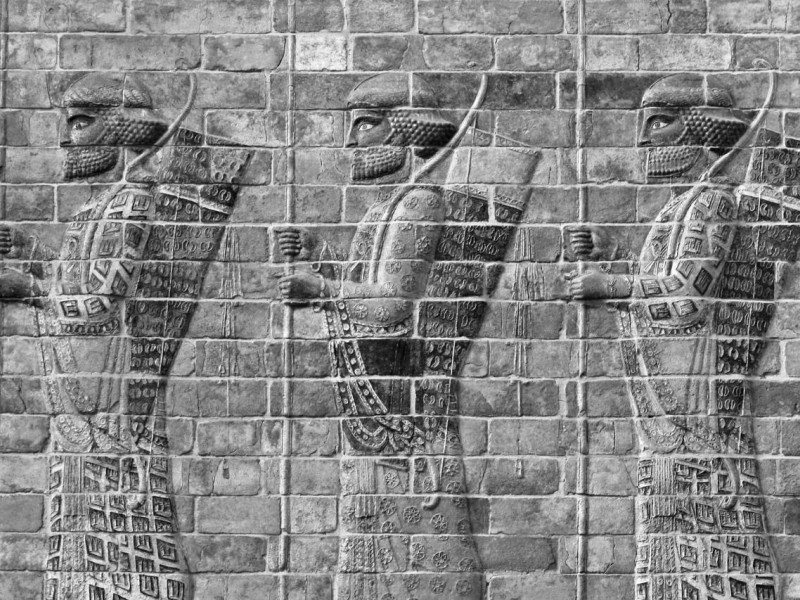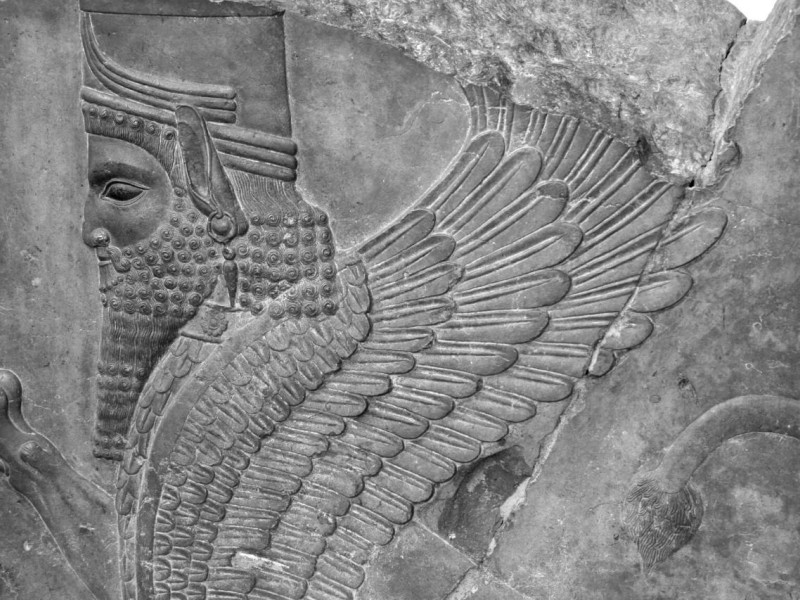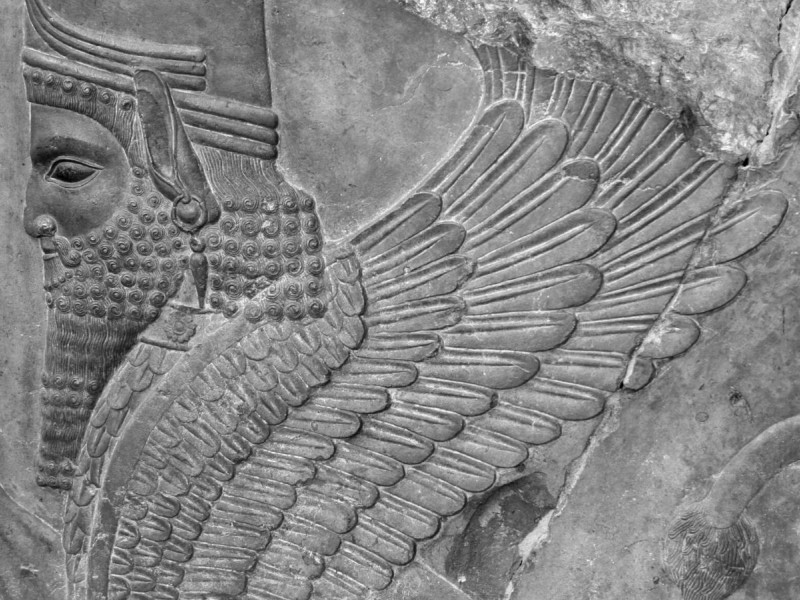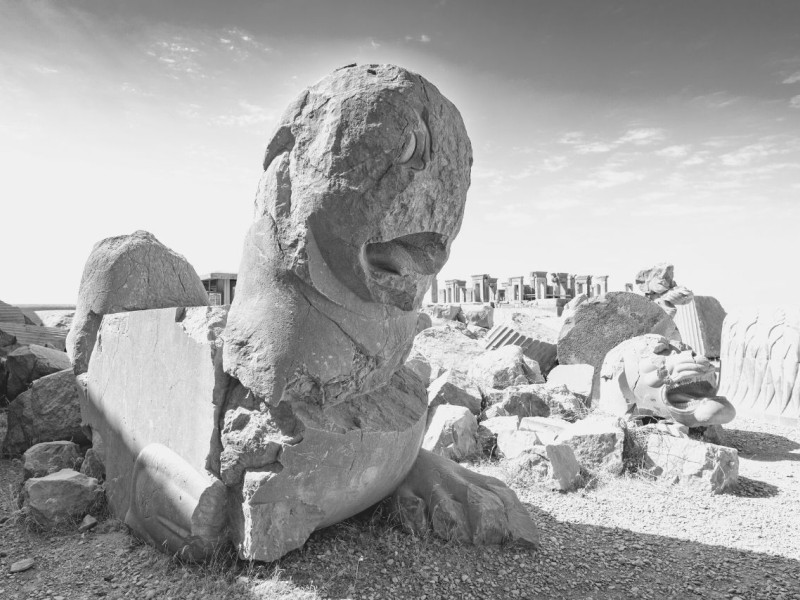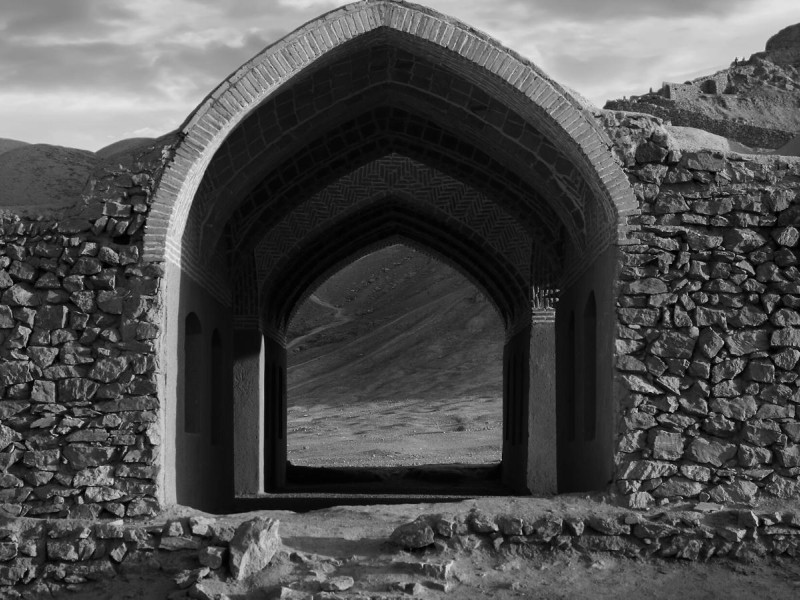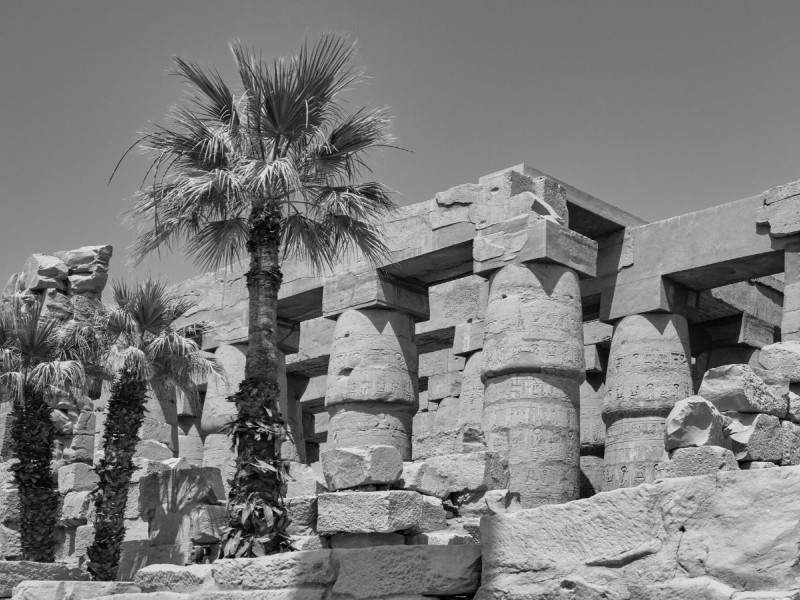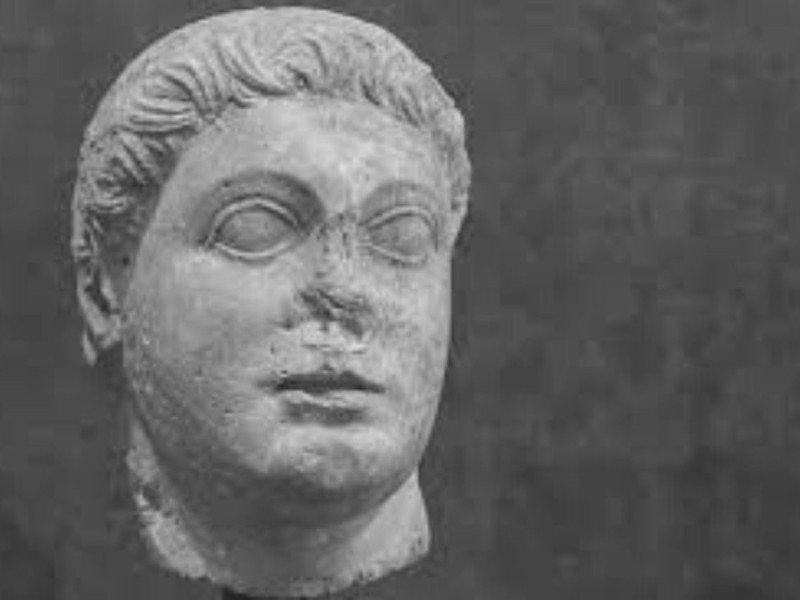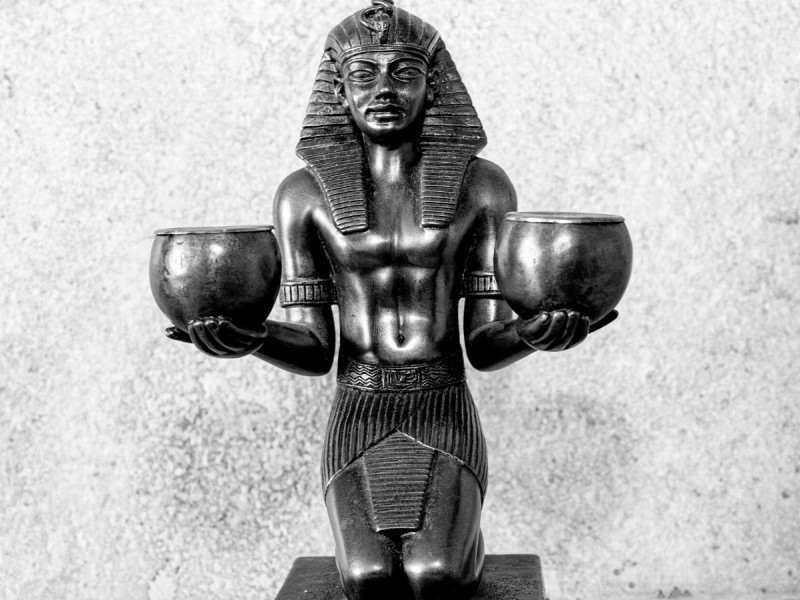Darius II: How He Became the King of Kings in Persia
Darius II was also known as Darius II Nothus, and people regarded him as the King of Kings of the First Persian Empire, or the Achaemenid Empire. He ruled from 423 BC to sometime between 405 and 404 BC, and displayed administrative brilliance and ambitious building projects throughout his reign.
Considered an outstanding leader, his policies and programs helped in the expansion of his empire and enhanced trade throughout Persia and its neighboring countries. Continue reading to discover how this remarkable leader achieved all these things.
Who Was Darius II?
King Darius II was the son of Artaxerxes I, the Greek Macrocheir or “Longhand” in Latin, and his concubine named Cosmatidene, a lady from Babylon. It was probably the reason why Darius was called Darius the Nothus, or the bastard.
He married his half-sister, Parysatis, and their union was blessed with four sons and a daughter. His sons were Arsaces or Artaxerxes Mnemon, Cyrus the Younger, Darius III, and Codomannus, while his daughter was Amestris.
Darius II was recognized for his brilliance as a leader. Specifically, people commended his leadership because he was able to strengthen Persia during his time. He worked hard to build a superior country, where his conquered people lived in peace. Such an endeavor was crucial for a country that had just overcome a political upheaval.
Darius II and His Early Leadership
Darius II or Ochus started his leadership when his father, Artaxerxes I, died. Artaxerxes I’s successor was supposed to be Xerxes II, Darius II’s brother, but he was killed by his other brother, Sogdianus.
Meanwhile, another murder occurred when Darius II rebelled against his half-brother Secydianus (or Sogdianus) and seized the throne from him, causing him to kill Sogdianus. Historians confirmed that this execution took place after Darius II had secured the throne.
Darius II was appointed as the satrap of Hyrcania before he took power, and that was when he adopted his name Darius II. Part of his leadership was allowing the significant influence of eunuchs, as well as his powerful wife and half-sister, Parysatis, in his decisions. Unfortunately, Parysatis was widely known as the mean and ambitious wife of Darius II.
There were a series of intrigues and scandals that enveloped his kingship. The Hyrcanians and Medians also spearheaded a revolt against his power, but he was able to resolve it immediately. Then people complained and showed their displeasure with his leadership due to reports of widespread corruption, which greatly affected his rule.
Darius II and His Military Strategies
Darius the Second also made history when he launched a military campaign against Greece. The Athenians were defeated at Syracuse in 413 BC, which led Darius to maneuver his command. Instead of pursuing more battles in Syracuse, he decided to reclaim the Greek coastal region of Asia Minor.
Considering the tension behind the satraps of Asia Minor, the people expected war, particularly when Tissaphernes gave little support to the Spartans. On the contrary, Darius gave his military aid to the Spartans by replacing Tissaphernes as the commander in chief of Asia Minor. He also delegated his son, Cyrus the Younger, as the new army chief to carry out his military control.
The appointment of Cyrus the Younger gave more strength to the Persian army against the Athenians. Consequently, this military plan was able to break the control of the Athenians in Aegospotami. Historians have reported more victories of Darius II, such as his destruction of Greek dynasties in Iona.
Personal Issues
Darius II reigned with issues concerning his relationships. Historians have revealed his marriage to the daughter of Gobryas, with whom he had four sons. This happened before he ascended to power. One of his sons was the father of Artabazanes, who became the Median king in the second half of the third century BC.
We have already discussed his marriage with his half-sister, Parysatis. It is apparently known that he depended on her so much when it came to enforcing the rules in his kingdom. He’s been associated with harem intrigues in some scandalous circumstances as well.
Interestingly, there is a reported association between Darius II and the high priest Johanan of Ezra, as mentioned in the Elephantine papyri. This could give evidence to the allegation that he was mentioned in the Bible.
For instance, people are convinced of his biblical presence as Darius II son of Esther, born to Ahasuerus or Artaxerxes I. Scholars maintain their belief that this is due to the Jewish tradition that associates Esther with King Darius II and Cosmatidene, the Babylonian mother of Darius II.
His Legacy
Darius supported Sparta in its military campaigns, and their joint efforts broke the Athenian power in 405 BC. This major campaign earned a place in the history of Persia and Greece, but Darius died after their victory. His legacy as one of the three kings that succeeded Xerxes was made stronger by the collaboration of his subordinates. Darius maintained his focus on his reign despite the rebellions that affected his rule.
One of the main events during this period was the Peloponnesian War between Athens and Sparta, where several pauses marked the war period. Historians have narrated that Persian archers exploited the war by buying off Greek states. First, they bribed Athens to fight against Sparta, which resulted in the Peace of Callias.
Then, the Persians supported Sparta’s camp. By playing two sides, the Persians, headed by Darius II, were able to take advantage of their enemies. Darius II played a significant role in the fight when he sided with the Spartans. They were victorious in this campaign, but historians are skeptical about this fight because it’s highly controversial.
Darius II and the Achaemenid Empire
While the Achaemenid Empire was strengthened by different groups of people, you could tell it was like a new paradigm of various cultures set in ancient times. It is not easy to imagine the influence of this empire on the leadership of Darius II, but he was skillful enough to control the conquered.
Eventually, this event produced a distinct Persian culture with a mixture of the influence of its invaded nations, which were later jointly called the Achaemenid Empire. One can assume that it has contributed a great deal of influence on Middle Eastern culture at present.
Achaemenid Culture
Darius II played a significant role in the making of this empire. Hence, he was called the king of kings, but the culture of the Achaemenids was a combination of mixed languages.
For instance, the Persians spoke Old Persian, which was defined as the southwestern dialect of Iran. This language was developed when Darius II ordered a unique language to record his legacy as a king.
According to historians, Darius II mandated the use of three languages to reach out to all people. They were the Elamite, the Babylonian, and the Old Persian languages. Scribes wrote Elamite inscriptions on clay, and Elamite was also considered the common language of the Persians, which was also used in the government.
Darius as the King of Kings
The early Persian culture was patterned after the feudal system at that time. The Persians were divided into warriors, priests and herdsmen or farmers. Darius was called the King of Kings to show his supreme authority over a group of individuals.
According to their tradition, a selected group of families in the warrior class elected Darius II as King of Kings. His throne was characterized by his sacred influence and charismatic leadership as a king. He was honored and revered by his people in return.
Role of the King of Kings
The King of Kings was endowed with supreme power to control the affairs of the empire. Darius II acted as judge in the court of appeals to show justice to his people. Likewise, he controlled the military forces around his kingdom, as well as the civilians all across the empire.
He supervised the management of all provinces that were headed by satraps, and he had his eyes and ears keenly running his kingdom. His officials were in control of the political and economic statuses of the 20 provinces under his power.
Darius II and His Religion
Historians have discovered that the Persians were believers of gods associated with natural phenomena. They offered animal sacrifices and revered fire, plants and stones. They worshipped their ancient gods, and the king was not excluded from this faith. He also honored Ahura Mazda, the god of the Achaemenid kings.
He paid tribute to the gods according to the tone of Zoroaster’s theology. Darius II also revealed his rituals for supernatural power, and he had a collection of monuments with inscriptions of his faith in his gods. You can see more of his inscriptions in his tomb carvings.
Conclusion
Darius II had a short but meaningful reign that lasted about 19 years. Here are a few important points about his rule we learned from the article above.
His birth gave rise to some questions because of his unpopular Babylonian mother named Cosmatidene.
He rose to power by seizing the throne from his half-brother, Sogdianus.
As a powerful king of Persia, Darius supported the Spartans by appointing his son, Cyrus the Younger, as the new commander-in-chief of the Persian army.
Eunuchs and his ambitious wife, Parysatis, highly influenced his reign.
He was regarded as the King of Kings of Persia.
His legacy was notable in the strength of his government as it set an alliance with the Spartans.
Although his birth was marred by controversies about him being an illegitimate child, it can’t be denied that Darius II was able to prove his might and leave a lasting legacy.
